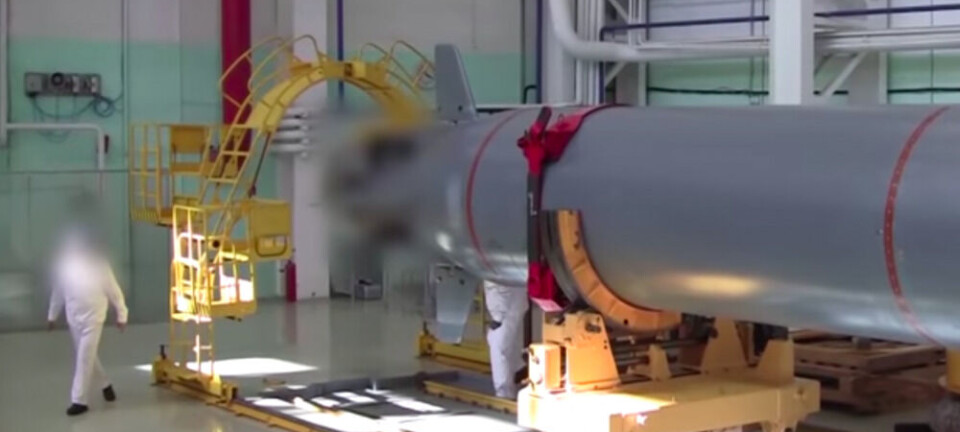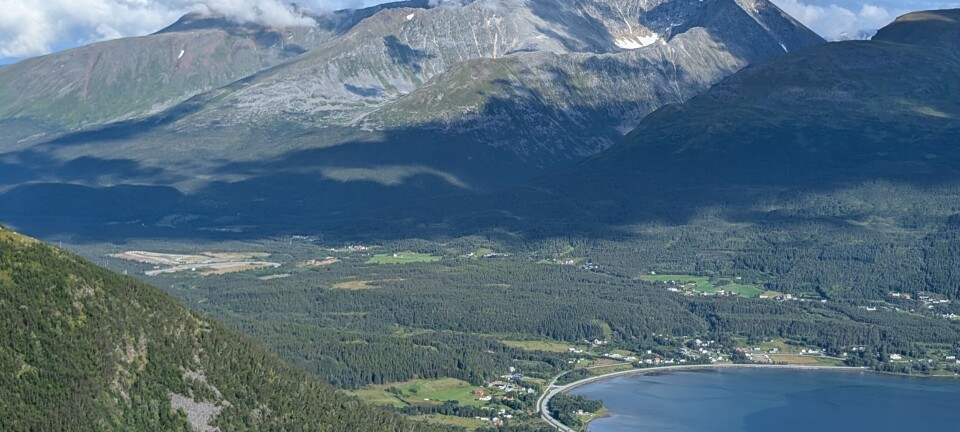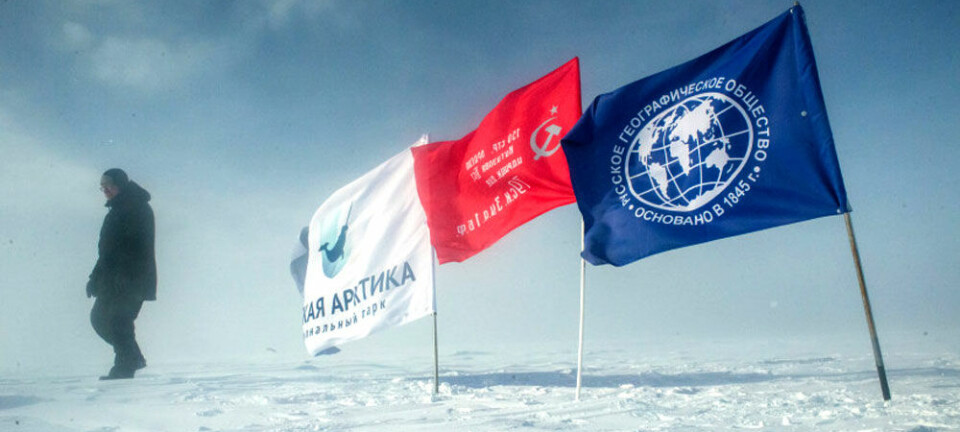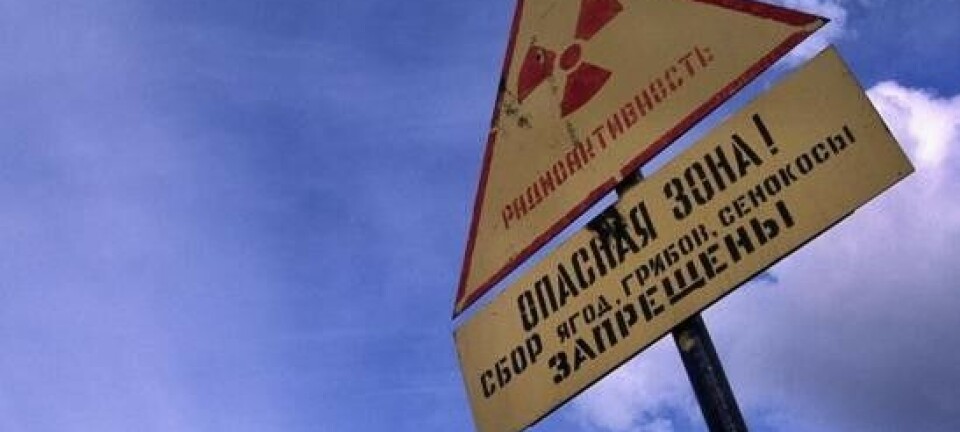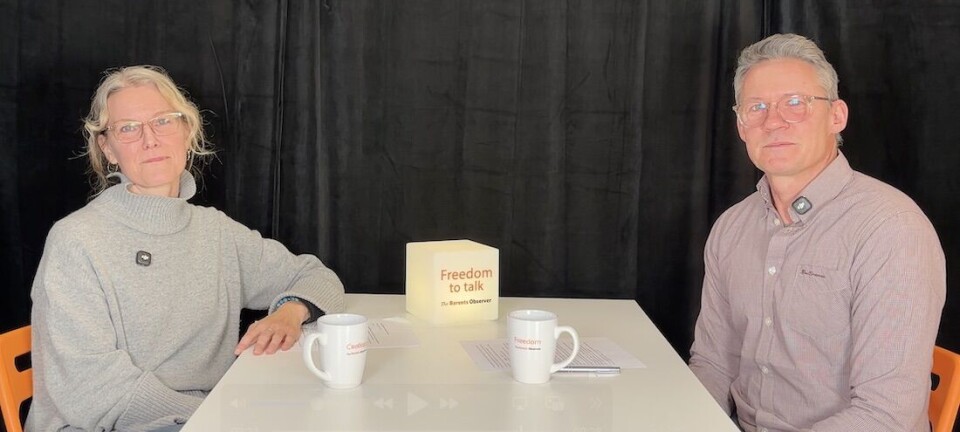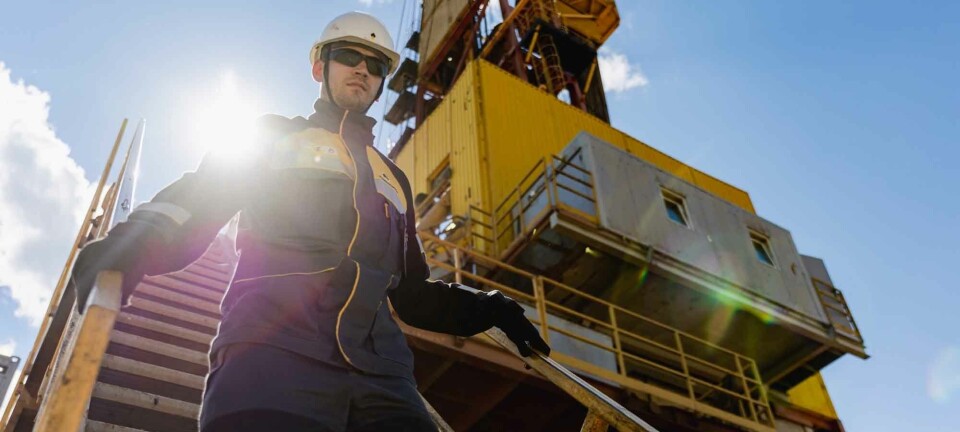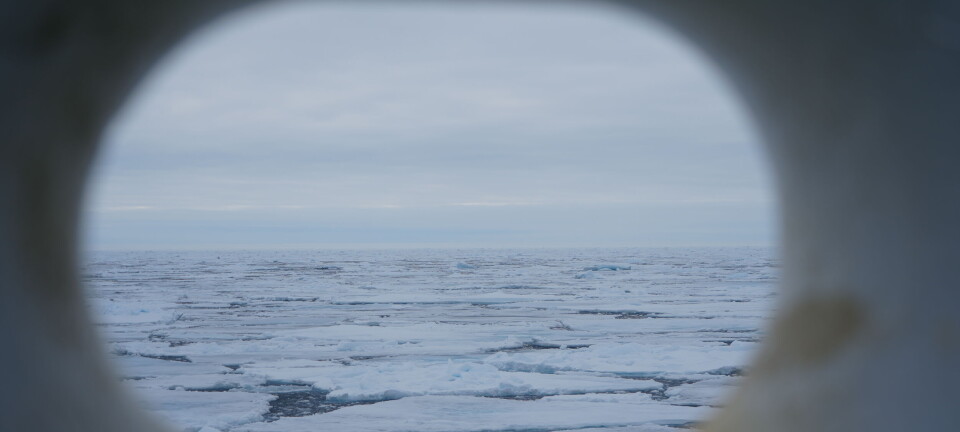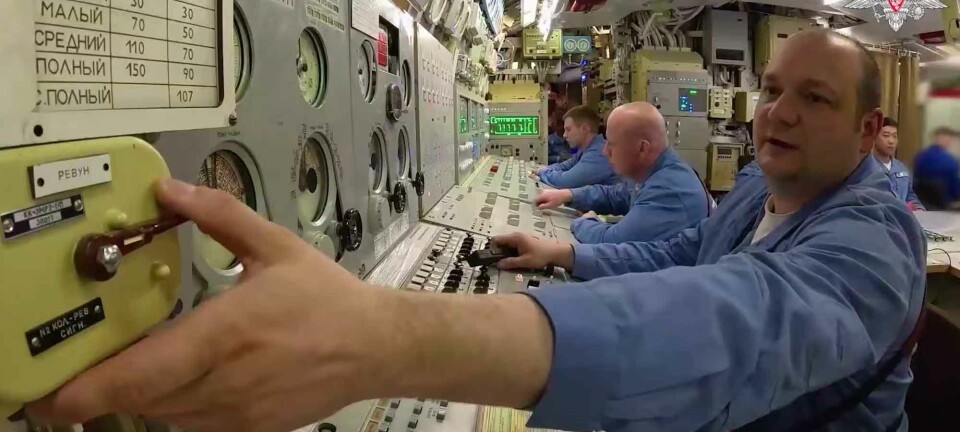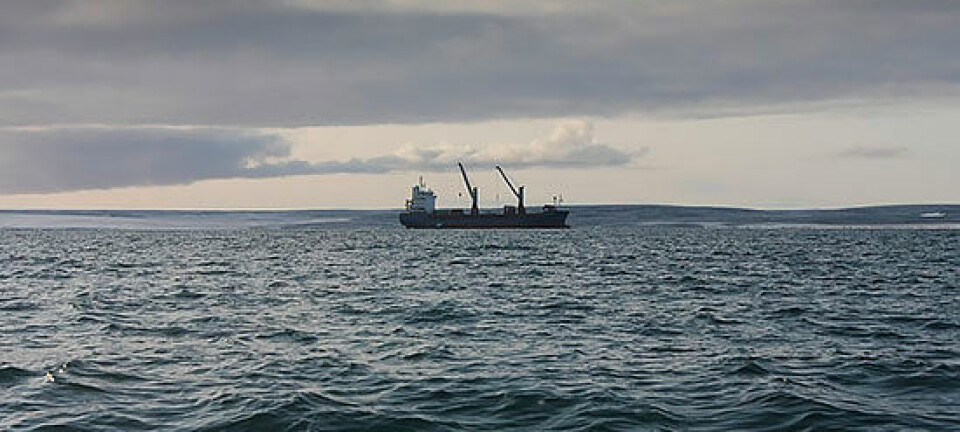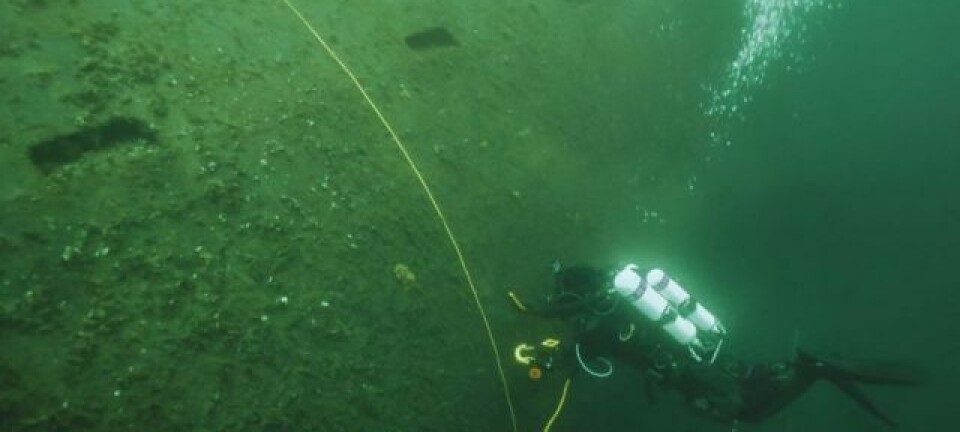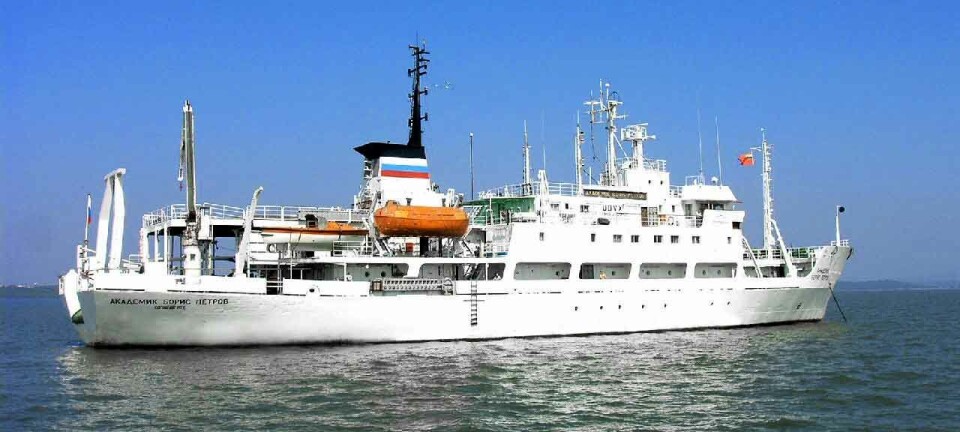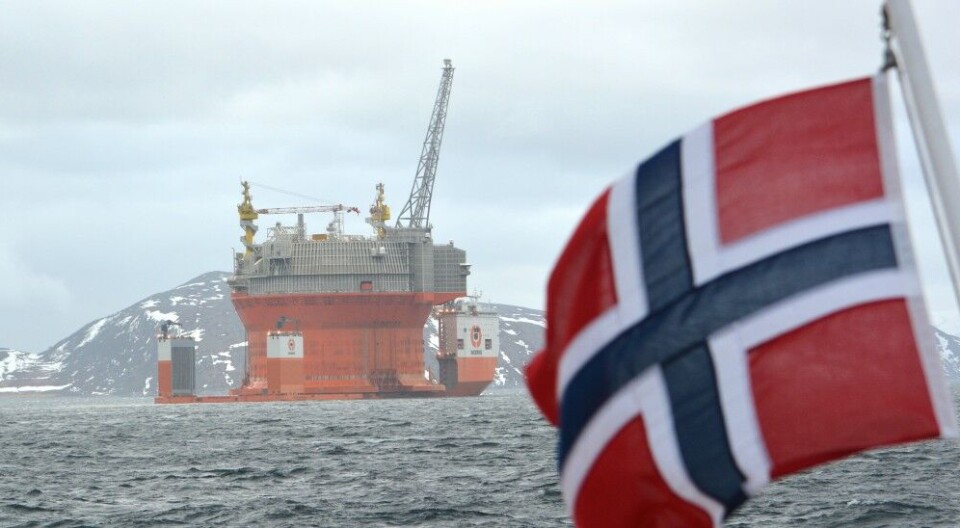
Norway´s oil investments to drop further
Investments in Norway´s oil and gas sector is expected to fall further in 2016 and in the coming years, the Norwegian Petroleum Directorate says.
“From a historically high activity level in 2013 and 2014, the falling oil price has caused substantial challenges for the petroleum industry, and projects on operating fields and new developments are being postponed”, the Norwegian Petroleum Directorate (NPD) says in its annual report.
NPD sees investments, excluding exploration, falling to NOK 135 billion (€14 billion) in 2016 from close to 150 billion in 2015.
In 2013 and 2014 investments were on a record high level – nearly NOK 180 billion (€18.7 billon). Investments are expected to decline even further over the next few years, and then show a moderate increase from 2019.
Its 2016 investment forecast was revised down from an estimate of 137 billion made a year ago, echoing recent forecast cuts by the central bank and Statistics Norway.
The combination of a high cost level and the drop in oil price has provided both oil companies and the supplier industry with significant challenges, with reduced activity and downsizing as consequences.
In terms of production, Norway’s oil output will drop from 1.57 million in 2015 to 1.53 million barrels per day in 2016 and 1.41 million in 2020, NPD estimated.
Norwegian gas production will fall to 106.6 billion cubic meters in 2016 from last year’s 117.2 billion, rising again to 111.1 billion by 2020, it said.
On the positive side, the directorate said oil firms’ efforts to cut costs led to more oil development projects becoming more profitable. “The Norwegian Petroleum Directorate sees that the industry is doing considerable work to improve efficiency, and to reduce investments, operating and exploration costs. The results of this work are starting to materialise, for example in the form of lower drilling costs,” the report reads.
Barents Sea holds large resources
“The Barents Sea is the area that has the largest potential,” said PD chief Bente Nylandat a presentation of the report, Aftenposten writes. “This is out least mature province, even though we have been conducting exploration there for many years.”
According to Nyland, the Barents Sea holds more than 70 percent undiscovered resources. Data from test drilling last year are now being analysed and can provide more information on these resources.
The most interesting aspect for the Barents Sea right now is the 23. Norwegian License Round, Nyland said. A total of 26 companies registered their license applications by the deadline of 2nd December. 54 of the license blocks offered are in the Barents Sea and 3 are in the Norwegian Sea.
Among the applicants are Russian companies Rosneft and Lukoil.



